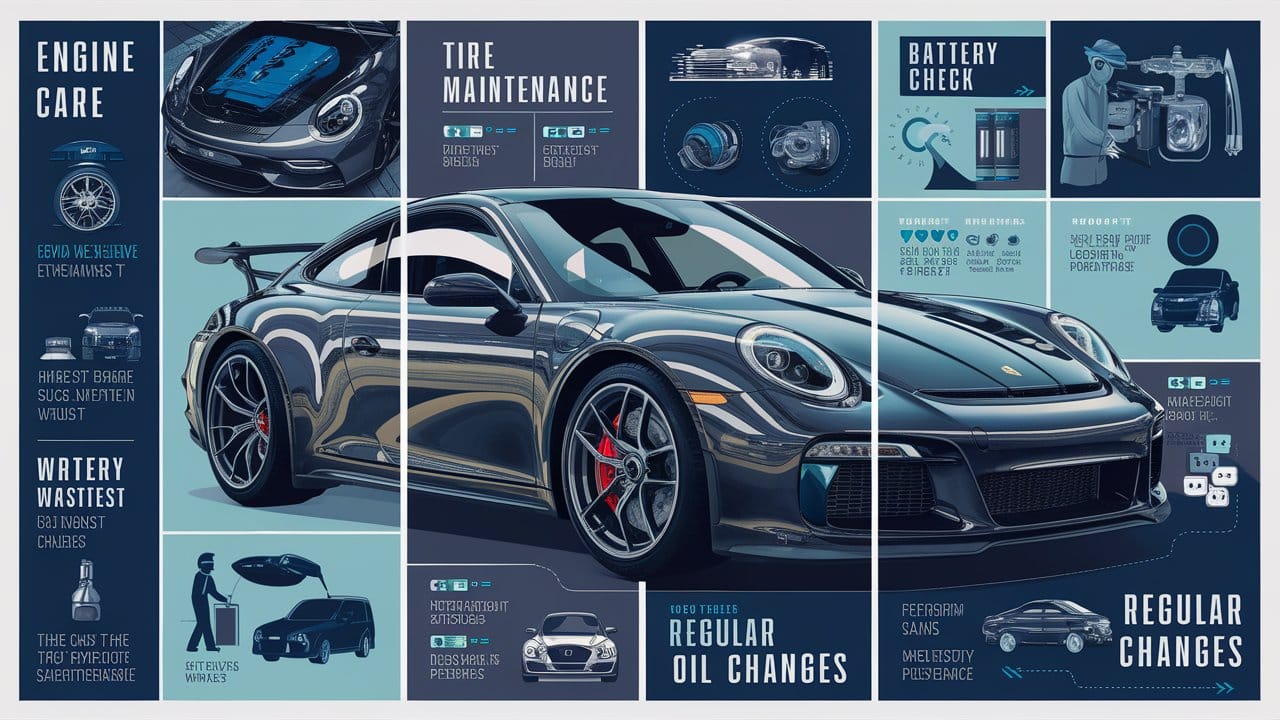Are you tired of unexpected breakdowns and costly repairs? Don’t let your car become a money pit! Discover the 10 essential car maintenance tips every savvy driver needs to know. From extending your vehicle’s lifespan to boosting fuel efficiency, these simple yet powerful strategies will keep your ride running smoothly and your wallet happy. Ready to become your own car care expert? Let’s dive in!
Essential Car Maintenance Tips Every Driver Should Know
Introduction
Your car is more than just a means of transportation—it’s an investment. Like any investment, it requires regular care to maintain its value and performance. But let’s face it: car maintenance can seem daunting, especially if you’re not mechanically inclined. The good news? You don’t need to be a gearhead to keep your vehicle in top shape.
In this guide, we’ll walk you through 10 essential car maintenance tips that every driver should know. These tips are designed to help you prevent major issues, improve your car’s longevity, and save you a significant amount of money in the long run. So buckle up, and let’s get started on your journey to becoming a car care pro!
1. Regular Oil Changes: The Lifeblood of Your Engine
Think of oil as your car’s lifeblood. It lubricates the engine’s moving parts, prevents overheating, and keeps everything running smoothly. Neglecting oil changes can lead to engine damage and costly repairs.
How often should you change your oil? While the old rule of thumb was every 3,000 miles, modern cars can often go 5,000 to 7,500 miles between changes. Always check your owner’s manual for the manufacturer’s recommendation.
Pro tip: Learn to check your oil level yourself. It’s easy! Just locate the dipstick, pull it out, wipe it clean, reinsert it, and pull it out again to check the level. The oil should be between the two marks on the dipstick.
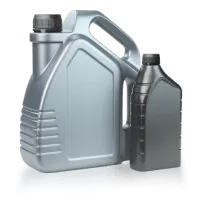
Engine oil
2. Tire Maintenance: Where the Rubber Meets the Road
Your tires are literally where the rubber meets the road, so keeping them in good condition is crucial for safety and performance. Here’s what you need to do:
- Check tire pressure monthly: Proper inflation improves fuel efficiency and extends tire life.
- Rotate tires every 5,000 to 8,000 miles: This ensures even wear and prolongs tire life.
- Check tread depth: Use the penny test—if you can see the top of Lincoln’s head when you insert a penny into the tread, it’s time for new tires.
Did you know? Properly inflated tires can improve your gas mileage by up to 3%!
3. Brake Care: Stop the Squeaks and Save Your Life
Your brakes are your car’s most important safety feature. Don’t ignore warning signs like squealing, grinding, or a soft brake pedal. Regular brake maintenance includes:
- Checking brake fluid levels
- Inspecting brake pads and rotors
- Replacing brake pads when they’re worn (typically every 50,000 miles, but it varies)
Remember: If you hear a high-pitched squeal when you brake, it’s time for new brake pads!
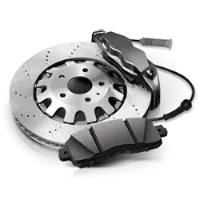
Brakes
4. Battery Maintenance: Don’t Get Left in the Dark
A dead battery can leave you stranded at the worst possible moment. Keep your battery healthy by:
- Cleaning corrosion from terminals
- Checking fluid levels in older batteries
- Having the battery tested annually, especially before winter
Fun fact: The average car battery lasts about 3-5 years. Mark your calendar and be proactive about replacement!
5. Air Filter Replacement: Let Your Engine Breathe
Your car’s air filter keeps dirt and debris out of the engine. A clogged filter can reduce fuel efficiency and engine performance. Replace your air filter every 15,000 to 30,000 miles, or more frequently if you drive in dusty conditions.
Did you know? A clean air filter can improve acceleration by up to 11%!
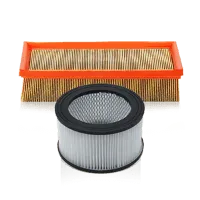
Air filter
6. Fluid Checks: Keep Everything Flowing Smoothly
Your car relies on various fluids to function properly. Regularly check and top off:
- Engine oil
- Coolant
- Power steering fluid
- Brake fluid
- Transmission fluid
- Windshield washer fluid
Pro tip: Learn the location of each fluid reservoir and the correct way to check levels. Your owner’s manual is a great resource for this!
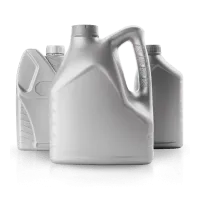
Oils and fluids
7. Windshield Wiper Maintenance: See Clearly, Drive Safely
Don’t wait until you’re caught in a downpour to realize your wipers are shot. Replace your wiper blades every 6-12 months, or sooner if you notice streaking or skipping.
Quick hack: Clean your wiper blades occasionally with rubbing alcohol to remove grime and extend their life.
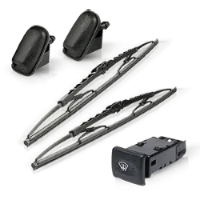
Washer system
8. Belt and Hose Inspections: Prevent Unexpected Breakdowns
Belts and hoses are the unsung heroes of your engine. Regular inspections can prevent unexpected breakdowns. Look for:
- Cracks, fraying, or glazing on belts
- Soft spots, bulges, or cracks in hoses
- Proper tension in belts
Remember: Most belts should be replaced every 60,000 to 100,000 miles.

Belts, chains, rollers
9. Lighting Check: Shine Bright, Stay Safe
Good lighting is crucial for safety. Regularly check all your lights, including:
- Headlights
- Taillights
- Brake lights
- Turn signals
- Fog lights (if equipped)
Pro tip: Clean your headlights regularly and consider restoration if they’ve become foggy or yellowed.
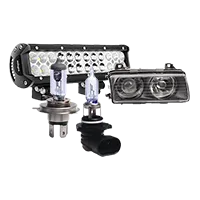
Lighting
10. Regular Professional Inspections: An Ounce of Prevention
While DIY maintenance is great, nothing beats the trained eye of a professional mechanic. Schedule a comprehensive inspection at least once a year. They can catch potential issues before they become major problems.
Bonus tip: Keep a detailed record of all maintenance and repairs. This can be invaluable for troubleshooting issues and can even increase your car’s resale value!
Conclusion
Congratulations! You’re now armed with the 10 essential car maintenance tips every driver should know. By following these simple yet effective strategies, you’ll extend your car’s life, improve its performance, and save a significant amount of money on repairs and fuel costs.
Remember, consistent care is key. Set reminders for regular maintenance tasks, and don’t ignore warning signs when they appear. Your car takes care of you every day—return the favor by giving it the attention it deserves.
Now, get out there and put these tips into practice. Your car (and your wallet) will thank you!
